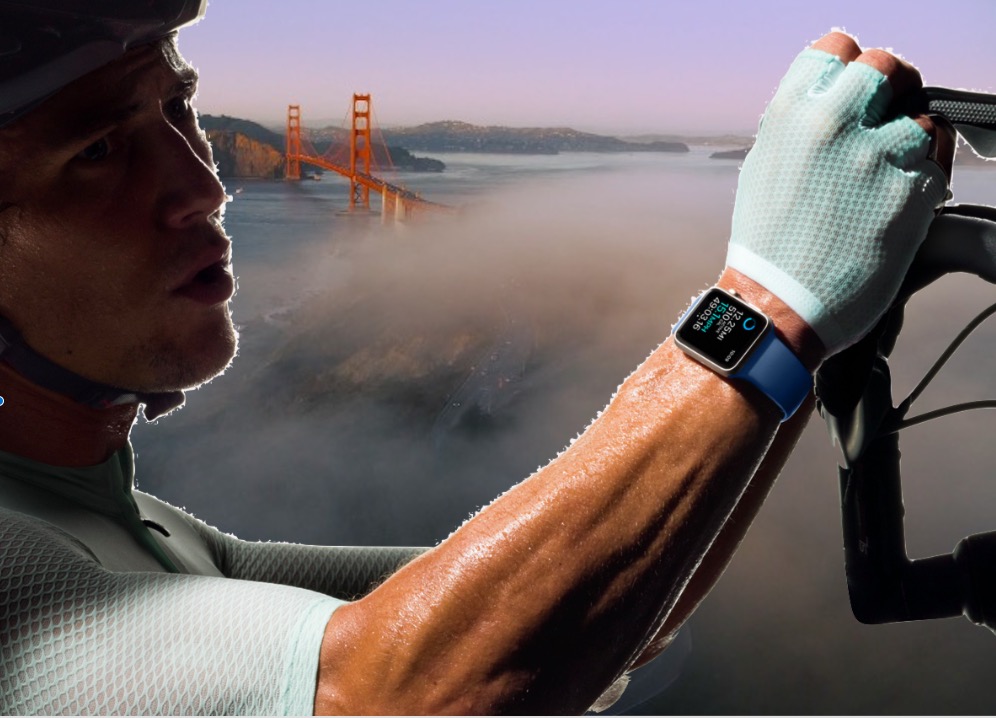Your Apple Watch is Going to Become Your Personal Physician

Sensors. They aren’t just for entertainment any more – the ones inside of your Apple Watch are on course to replace a visit to the doctor, assuming the technology inside these devices continues to improve.
Apple Watch saves lives
You see, smartwatches like the Apple Watch and some health and fitness bands all gather rich selection of physiological data. This includes things like distance travelled and how far you walk each day, and extends through to heart rate and other key readings. You can already purchase third-party devices that integrate with iPhone/Apple Watch to pick up even more information, and we know Apple is working to develop additional health sensors.
We’ve already seen one man’s life saved by an Apple Watch. He felt ill, checked his watch and saw a heart rate of 210. When he got to hospital a heart attack was diagnosed and doctors told him the decision to seek help likely saved his life.
It turns out he wasn’t alone.
Research data
A recent Stanford University study of wearable technologies confirmed that wearable devices of this kind can indeed tell not just when you are sick, but when you are getting sick.
The team collected nearly 2 billion measurements from 60 people, including both continuous data from wearable biosensors devices and lab tests of blood chemistry, gene expression and other measures. They found definite correlations, and in one case one of the heads of the project was able to quickly diagnose and treat Lyme disease.
“The study demonstrated that, given a baseline range of values for each person, it is possible to monitor deviations from normal and associate those deviations with environmental conditions, illness or other factors that affect health. Distinctive patterns of deviation from normal seem to correlate with particular health problems. Algorithms designed to pick up on these patterns of change could potentially contribute to clinical diagnostics and research.”
How it could work
You may already wear an Apple Watch that gathers data about your health. You may even have a health insurance package that rewards you for good habits.
The model I’m predicting here is very simple – it is based on the algorithms technologies like these already gather, combined with AI machine intelligence and big data analysis in real time.
What if your Watch could share your data with a central data analytics system? Differential privacy means it could do so in such a way that your identity would never be connected to your data.
If you chose to protect your data you’d gain only limited insight into your own condition, but would be able to gain valuable warnings for any mass based activity, such as if everybody in a certain city district suddenly began displaying symptoms of a disease.
Alternatively, you may agree to share your information a little more freely – perhaps your health insurer will offer a secure analysis engine that can look at your biometric information and detect anomalies in real time. In the event it spots and confirms an irregularity you could be told about it and given the chance to take action to address the problem. In this model you’d know when you were going to get a cold, might get a warning about a heart attack, or dietary suggestions may come your way if you begin to display diabetes symptoms.
Gradually inevitable
We know this is coming. Why? Because the Stanford study shows wearable solutions like Apple Watch can deliver the right kind of high quality data to make good diagnosis.
We know Apple is investing deeply in new sensors and that it has a particular interest in health and wellness implementations of its technology.
We also know the company hired an expert in remote health monitoring last fall and purchased Gliimpse in August.
In other words, it’s only a matter of time before this kind of health-related surveillance becomes part of everyday life, and while the Fahrenheit 451 threat implicit within this is hard to ignore, the positive potential to help people stay well on a limited budget makes a compelling case. The latter will also inspire governments to support any moves in this direction, as they seek a healthier population and to reduce the cost impacts of illness and disease.





The biggest opportunities reside at the intersection of trends (http://www.mhealthtalk.com/101-minitrends-in-health-care/). Those trends include wearable, implantable & distribute sensors, remote sensor monitoring, big data analytics, artificial intelligence, and the disruptive business models that tech innovation enables.
I like this comment. Thanks